Hydroponics is a revolutionary method of growing plants without soil. Instead, it relies on a nutrient-rich water solution to deliver essential elements directly to the plant roots. Growing low-light vegetables in indoor hydroponics is a game-changer for gardeners looking to maximize their harvests and enjoy fresh, homegrown produce year-round. You can cultivate various delicious vegetables in even the darkest corners of your home with the right techniques and equipment and choosing low light vegetables suitable for hydroponic systems.
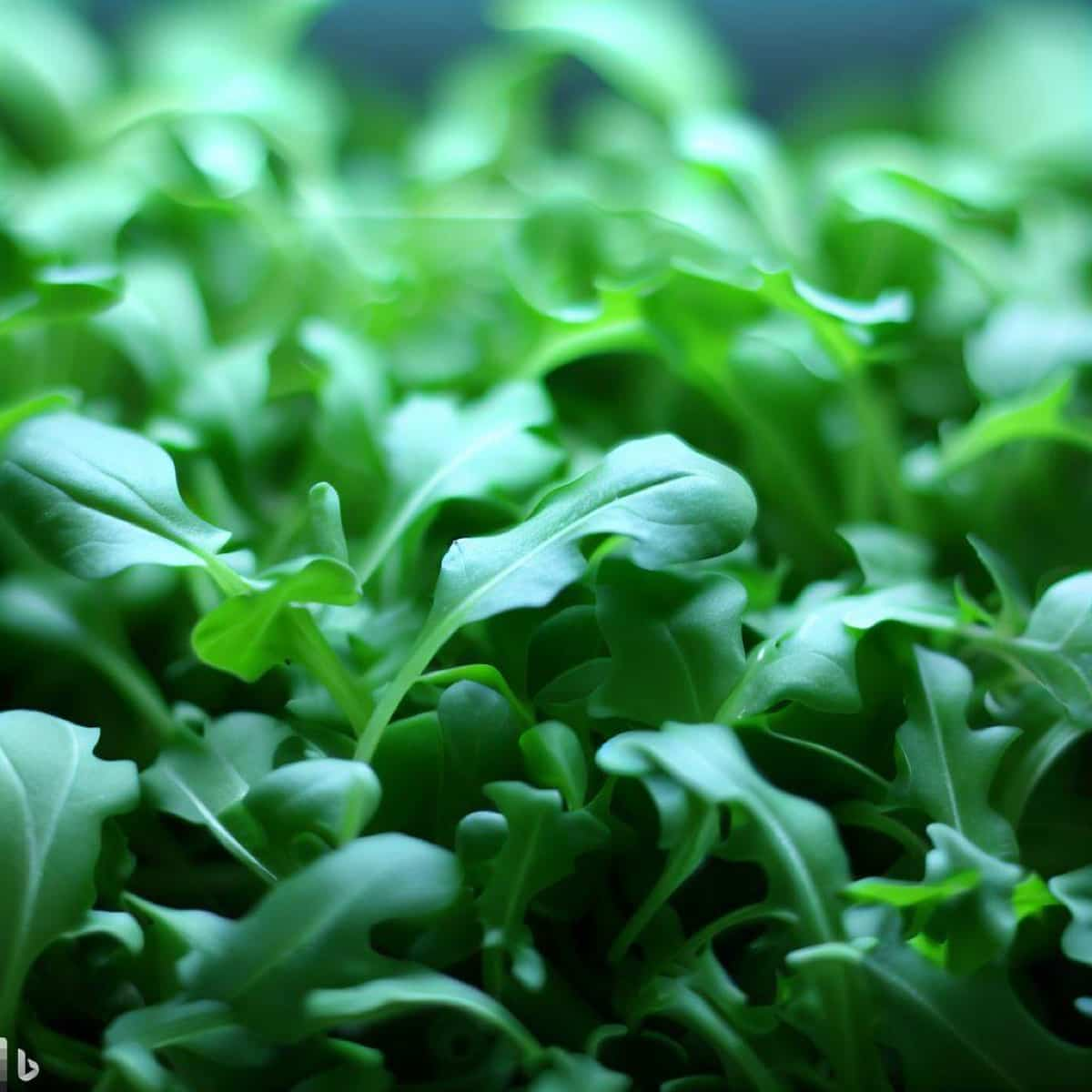
Suppose you’re interested in starting an indoor hydroponic garden but don’t have access to ample sunlight. In that case, there are still plenty of low light vegetables that can thrive in this type of environment. Whether you live in a basement apartment or have few windows, this List of Low Light Vegetables for Indoor Hydroponics can provide fresh and nutritious produce all year round.
Low Light Vegetables for Indoor Hydroponics
Spinach
One of the Indoor Hydroponic Vegetables for Low Light Conditions is Spinach. Spinach is a versatile and nutritious vegetable easily grown in an indoor hydroponic system, even with low light conditions. With its dark green leaves and rich flavor, Spinach is delicious and packed with essential vitamins and minerals. When growing Spinach indoors, choosing the right variety that thrives in low light environments is important. To successfully grow Spinach hydroponically, ensure you provide adequate nutrients through a balanced solution. Spinach requires nitrogen-rich solutions for healthy leaf development.
Regarding lighting requirements, Spinach can thrive under fluorescent or LED grow lights designed for plants. Aim for 12-16 hours of light per day to stimulate growth. When it comes to watering your Spinach plants in a hydroponic system, make sure to maintain consistent moisture levels without overwatering. Monitor the water pH regularly to ensure optimal nutrient uptake by the plants.
Lettuce
Access to fresh vegetables year-round doesn’t have to depend on ample sunlight. You can enjoy homegrown produce regardless of the weather outside with the right selection of low light vegetable options for indoor hydroponic systems. One of the advantages of growing Lettuce indoors is that you have complete control over its growing environment. To promote healthy growth, you can ensure optimal conditions. Plus, eliminating the need for soil in hydroponics systems reduces the risk of pests or diseases affecting your plants.
In case you missed it: Growing Lettuce from Seed to Harvest: A Detailed Guide for Beginners
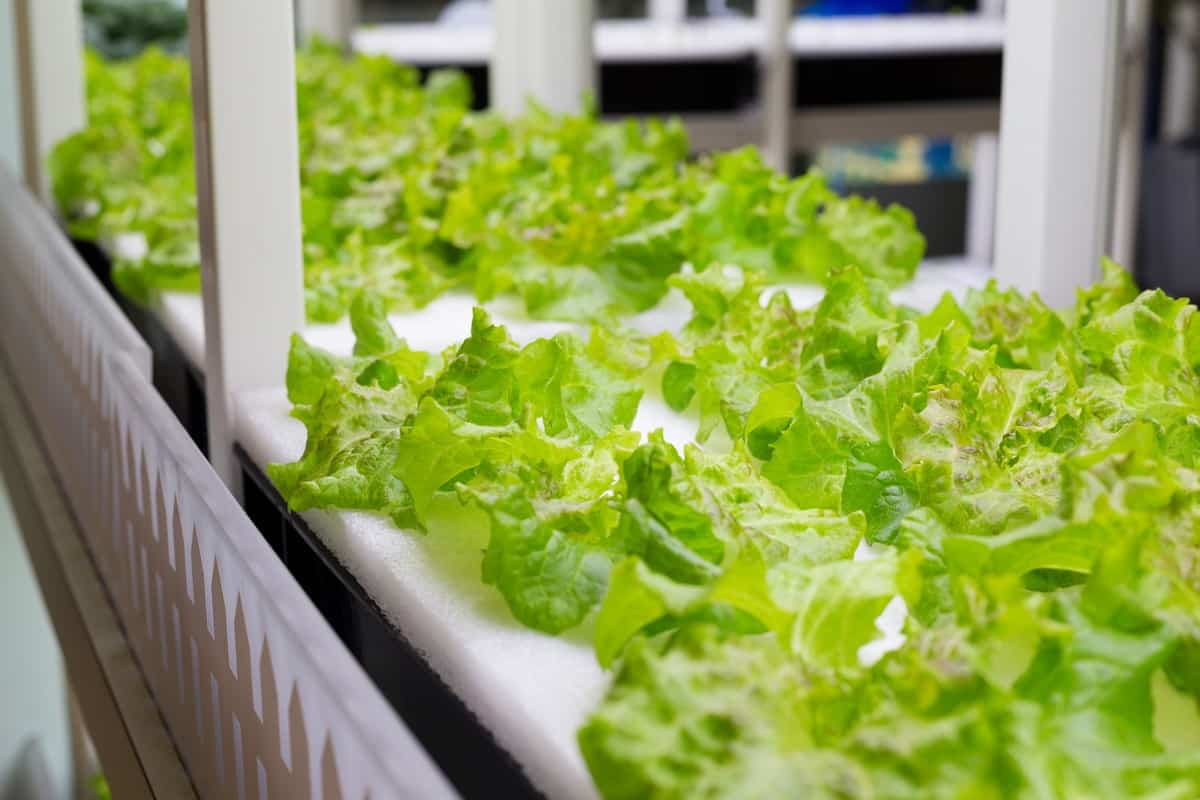
In terms of variety, numerous types of Lettuce are suitable for low light conditions. When it comes to harvesting Lettuce grown hydroponically, you can enjoy continuous harvests by picking outer leaves as needed while allowing inner leaves to grow. This ensures a steady supply of fresh greens throughout the growing season.
Kale
Several options can thrive in these conditions when choosing low-light vegetables for your indoor hydroponic garden. One of the best things about Kale is that it can thrive in low light conditions, making it an ideal choice for indoor hydroponics. Whether you have limited sunlight or want to grow vegetables during the colder months, Kale can be successfully grown indoors without compromising its flavor or nutrient content.
In addition to being able to tolerate low light levels, Kale also requires minimal maintenance compared to other vegetables. It doesn’t require constant pruning or trimming as some plants do. Provide it with the right nutrients and water consistently, and your Kale will continue growing vigorously. To set up your indoor hydroponic system for growing Kale, choose a container large enough to accommodate the plant’s root system while providing adequate space for growth.
Nutrient solutions formulated specifically for leafy greens like Kale are readily available and should be used according to package instructions. Remember to monitor pH levels regularly and make adjustments if necessary. Lighting is crucial in ensuring the healthy growth of low light vegetables like Kale. LED grow lights are recommended because they emit wavelengths suitable for photosynthesis while consuming less energy than traditional fluorescent lights.
In case you missed it: 18 Common Kale Plant Problems: How to Fix Them, Solutions, and Treatment
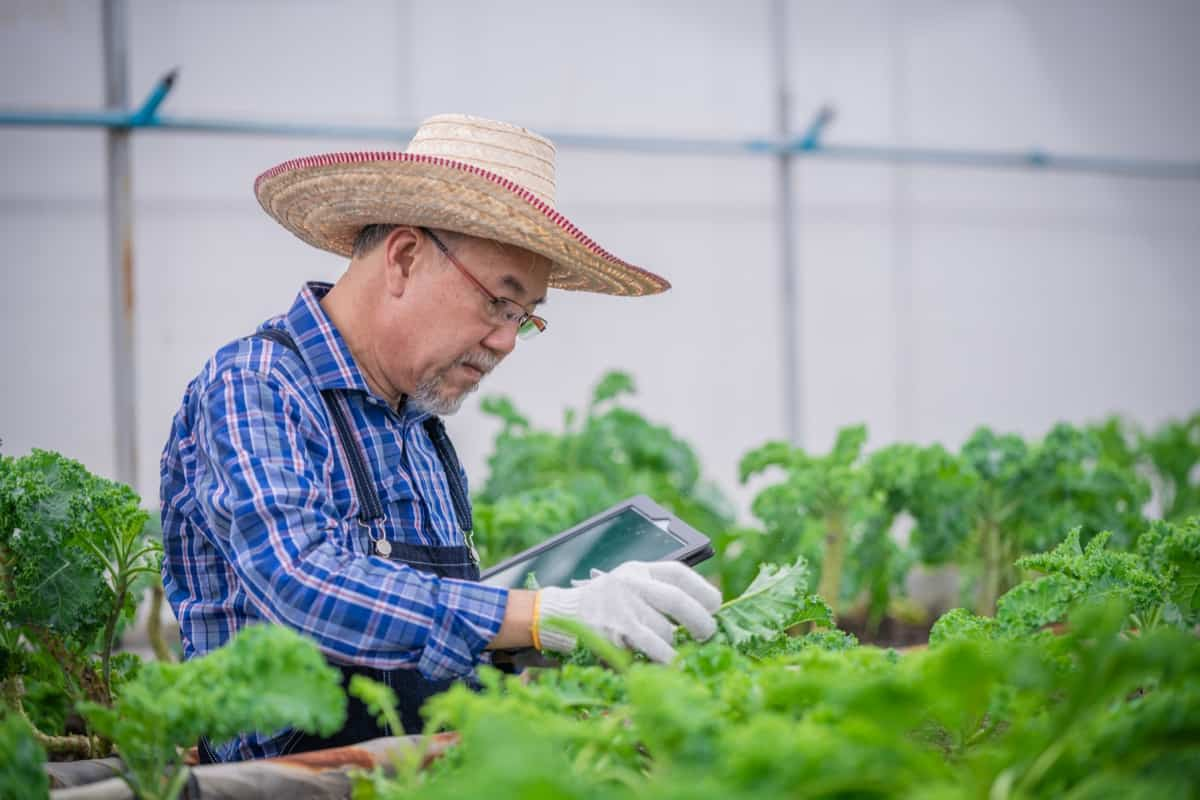
Arugula
Arugula is a leafy green vegetable that adds a Peppery and slightly nutty flavor to salads and other dishes. It is a low light vegetable that can thrive in indoor hydroponic systems with limited sunlight. Growing Arugula hydroponically allows for year-round cultivation and ensures a steady supply of fresh greens.
Choose the right container size based on the number of plants you want to grow. The nutrient solution for Arugula should be well-balanced with essential macronutrients like nitrogen, phosphorus, and potassium. You can buy pre-made hydroponic solutions tailored for leafy greens or mix your own using commercial fertilizers. Regarding lighting requirements for Arugula in indoor hydroponics, fluorescent or LED grow lights are ideal because they emit the necessary spectrum for plant growth without producing excessive heat. Remember to water your Arugula plants regularly but avoid overwatering them.
Broccoli
Broccoli is a nutrient-packed vegetable that can thrive in low light conditions, making it an excellent choice for indoor hydroponics. One of the key benefits of growing Broccoli hydroponically is that it allows you to control the growing conditions and ensure optimal growth. This means you can provide the perfect balance of nutrients, water, and light for your plants.
When selecting a variety of Broccoli for your indoor hydroponic system, look for ones specifically bred for compact growth or container gardening. These varieties have smaller heads and shorter stalks, making them more suitable for limited space. You must start with high-quality seeds or seedlings to grow Broccoli in a hydroponic system. Broccoli requires adequate nitrogen, phosphorus, potassium, calcium, magnesium, and other essential micronutrients. Y
ou can provide these nutrients through a well-balanced hydroponic nutrient solution designed specifically for leafy greens like Broccoli. Regarding lighting requirements, Broccoli needs around 12-16 hours of light daily. If you use artificial lights in your indoor setup, ensure they emit sufficient intensity and spectra for optimal plant growth. Remember to monitor the moisture levels closely, as overwatering causes root rot, while underwatering can cause stunted growth. Aim to keep the water pH between 6-7 so that the plants can absorb nutrients effectively.
Cauliflower
When growing Cauliflower indoors, providing the right growing conditions is important. Cauliflower prefers cooler temperatures between 15-21°C and requires at least six hours of light daily. However, they can still grow well in lower light situations with artificial lighting. To cultivate Cauliflower in a hydroponic system, you’ll need to choose the appropriate variety suited for indoor gardening. Miniature or compact varieties are ideal since they require less space to grow.
A balanced blend formulated for vegetables should be used for nutrient solutions for hydroponic Cauliflowers. Monitor pH levels regularly to maintain proper nutrient uptake by the plants. Regarding watering frequency in hydroponics systems with low-light vegetables like Cauliflower, it’s crucial to balance keeping the roots moist without overwatering them. Regularly check moisture levels by touching the growing medium or using available sensors.
Celery
Celery is a versatile and nutrient-packed vegetable that can thrive in low light conditions, making it an excellent choice for indoor hydroponics. Growing Celery indoors using hydroponics gives you a fresh supply of this nutritious vegetable year-round. With low light requirements, Celery can be easily grown alongside other low light vegetables like Spinach or Lettuce.
In case you missed it: 22 Common Celery Plant Problems: How to Fix Them, Solutions, and Treatment
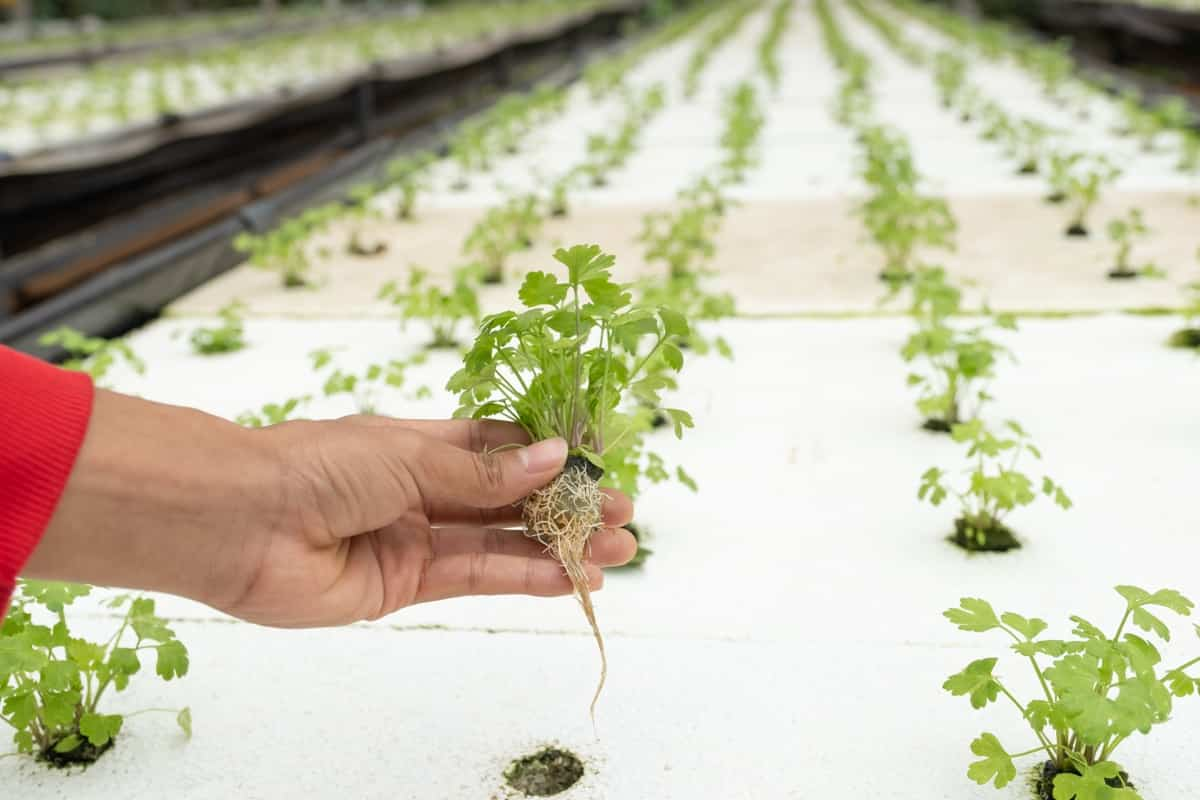
When setting up your hydroponic system for growing Celery, choose a large container to accommodate the plant’s long roots. Use a well-draining growing medium to ensure proper oxygenation of the roots. Opt for a balanced formula for leafy greens to meet their nutritional needs. While Celery can tolerate lower light levels than other vegetables, it requires adequate lighting for optimal growth.
Supplemental grow lights with full-spectrum LEDs or fluorescent bulbs will help provide the necessary light intensity. Regarding watering frequency in a hydroponic system, Celery plants prefer consistently moist but not waterlogged conditions. Monitor moisture levels closely and adjust watering accordingly based on your specific setup.
Peppers
Peppers are a versatile and vibrant addition to any indoor hydroponic garden. These low light vegetables come in various shapes, sizes, and colors, adding visual appeal to your indoor space and providing various health benefits. When it comes to growing Peppers in an indoor hydroponic system with low light conditions, selecting the appropriate variety is crucial.
Look for Pepper varieties specifically bred for lower light environments, as they will perform best in these conditions. To ensure successful growth, provide your Pepper plants with ample nutrients through a well-balanced nutrient solution specifically formulated for hydroponics. Regular monitoring of pH levels is also essential to maintain optimal nutrient uptake.
In case you missed it: Growing Peppers in Grow Bags: Planting from Seed and Care

In terms of lighting requirements, low light Peppers benefit from supplemental grow lights such as LED or fluorescent bulbs placed at an appropriate distance above the plants. This helps compensate for any lack of natural sunlight and ensures proper photosynthesis. Proper watering is key when cultivating Peppers in a hydroponic system. Aim for consistent moisture levels using an automated irrigation system or manually monitoring soil moisture daily.
Radishes
Regarding vegetables for hydroponics in low light settings, one of the biggest challenges is providing enough light for your plants. However, not all vegetables require intense sunlight to thrive. Several low-light options can still produce a bountiful harvest in indoor hydroponic systems. Radishes are a perfect low light vegetable option for indoor hydroponics. These root vegetables are delicious and packed with nutrients and antioxidants. They come in various shapes, sizes, and colors, adding visual appeal to your indoor garden.
Many options are available when choosing the right variety of Radishes for indoor hydroponics. To grow Radishes hydroponically, make sure you provide them with enough water and nutrients. Regarding lighting requirements, Radishes can tolerate lower light levels than other vegetables. However, providing them at least 12-16 hours of light daily will promote healthy growth and development. Remember to monitor the moisture levels in your hydroponic system regularly, as overwatering can lead to rotting roots, while underwatering may cause stunted growth.
Chives
Chives are a versatile and flavorful herb easily grown in an indoor hydroponic system. One of the great things about Chives is that they require low light conditions, making them ideal for indoor growth. You don’t need to worry about providing intense artificial lighting or placing your hydroponic setup near a window with direct sunlight. Chives will thrive even in areas with limited natural light. When harvesting Chives, you can snip off the leaves as needed without damaging the plant’s growth.
To grow Chives hydroponically, you’ll need to provide them with a nutrient-rich solution tailored specifically for herbs. Ensure proper pH levels between 6-7 for optimal growth. Growing Chives indoors using hydroponics is convenient and rewarding due to their unique flavor profile and nutritional value. With minimal light requirements and simple maintenance practices like regular watering and nutrient monitoring, you can enjoy fresh Chive harvests all year round.
The Best Hydroponic Systems For Growing Low Light Vegetables
When it comes to growing low light vegetables in an indoor hydroponic system, choosing the right hydroponic system is crucial for their successful growth. Several types of hydroponic systems available can provide optimal conditions for these plants. One popular choice is the Deep-Water Culture system. This system involves suspending the roots of the plants in a nutrient-rich solution and providing them with constant oxygen through air stones or diffusers.
It is a simple and effective method for low light vegetables like Spinach, Lettuce, and Kale. An ebb and flow or flood and drain system may suit those seeking a more versatile option. These systems periodically flood the growing tray with a nutrient solution before draining it back into a reservoir. This method allows flexibility in plant selection and works well for low light vegetables such as Broccoli, Cauliflower, Celery, Peppers, Radishes, and Chives.
In case you missed it: How to Grow and Care for Organic Chives: Planting Instructions
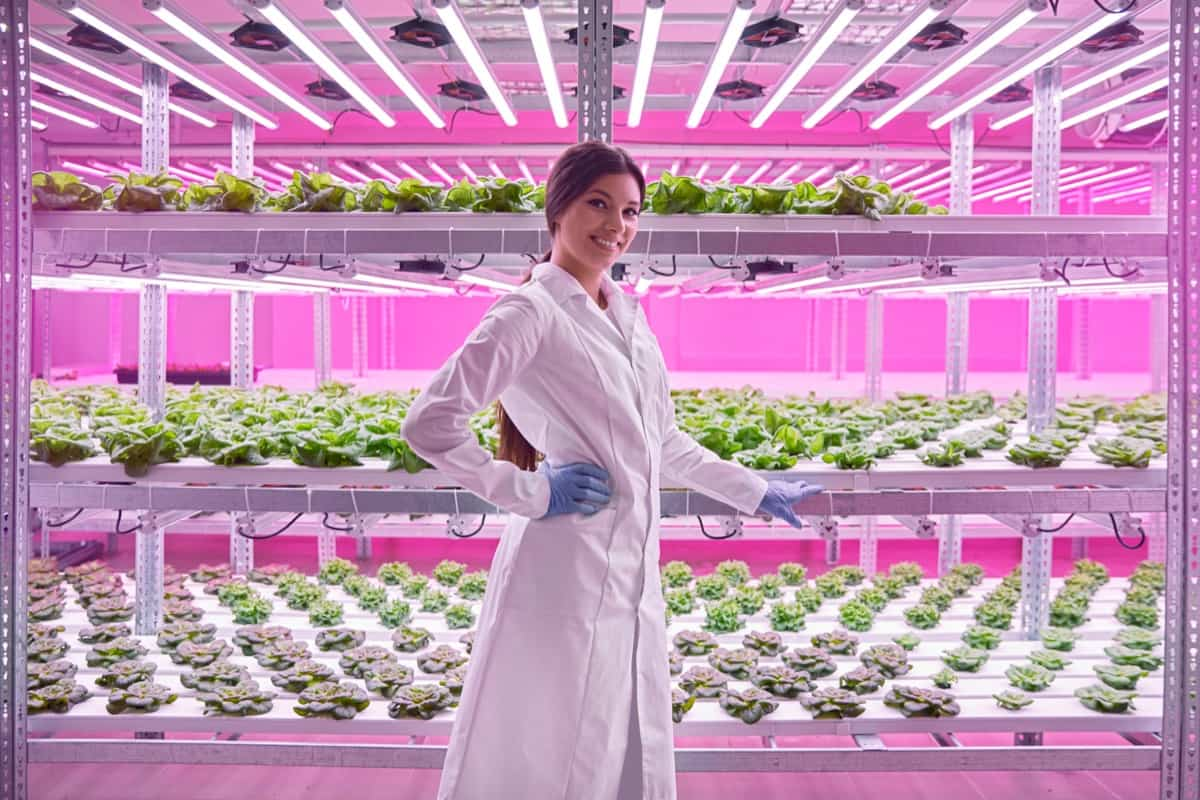
Conclusion
Growing low light vegetables indoors through hydroponics is a convenient and efficient way to ensure a fresh supply of nutritious greens throughout the year. You can enjoy a thriving indoor garden filled with vibrant and delicious plants with the right setup and proper care. By utilizing artificial lighting systems that mimic natural sunlight and provide adequate nutrients through hydroponic solutions, you may create an ideal environment for these low light-loving plants to flourish.
Regularly monitoring water quality, pH levels, temperature control, and proper pruning techniques, you’ll be able to maintain healthy growth patterns and prevent any potential issues from arising. By selecting these hydroponic vegetables that thrive in low-light environments, you can enjoy fresh and nutritious produce year-round from the comfort of your home.
- Gardening Techniques in Planting Vegetables
- Where to Place Indoor Plants in Your Home
- How to Grow Tomatoes Organically at Home: A Comprehensive Guide
- Organic Gardening on a Budget: Low-Cost Methods and Materials
- Gongura Seed Germination and Planting Methods
- Cabbage Seed Germination and Selection
- Broccoli Seed Germination and Selection
- Asparagus Seed Germination and Variety Selection
- Seasonal Flower Gardening: Best Practices for Spring, Summer, Fall, and Winter
- How to Grow Hibiscus from Flower
- Plantation Ideas for Home Decoration: A Beginners Guide
- Flower Garden Designs and Layouts for Beginners
- Planting and Spacing Techniques in Papaya: A Beginner’s Guide
- Growing Gold: Essential Techniques for Planting Pineapples
- How to Make Kalanchoe Plant Bushy: Home Remedies and Solutions
- 11 Reasons Why Your Gardenia is Not Blooming: Home Remedies and Solutions
- Eco Elegance: The Guide to Designing a Drought-Tolerant Landscape
- Gardening on a Slope: Strategies for Hillside Landscaping
- Nourish and Flourish: Top Organic Mulches for Thriving House Plants
- Everything You Want to Know about Indian Mogra Flower: Discover Uses and Growing
- Green Thumb Success: Expert Tips for Cultivating Greenhouse Pumpkins All Year Round
- Maximize Growth & Flavor: The Ultimate Guide to Companion Planting in Herb Gardens
- How to Control Rhododendron Problems Naturally: Home Remedies and Organic Ways to Fix Them
- Natural Magic: The Remarkable Benefits of Cinnamon for Plants
- Best Steps to Revive Dying Tulip with Natural and Organic Treatment
- 10 Reasons Why Your Angel Trumpet is Not Blooming: Remedies and Treatment
- How to Fix Periwinkle Leaf and Flower-Related Problems: Natural Remedies and Solutions
- How to Fix Zinnias Leaf and Flower Problems: Discover Natural and Home Remedies
- Organic Steps to Induce Lemon Tree Flowers: A Comprehensive Guide
- Bloom Booster: Crafting the Perfect Homemade Bougainvillea Fertilizer
- Optimizing Growth: A Guide to Applying NPK Fertilizer for Potted Plants
- 10 Best Homemade Fertilizers for Rubber Plant: DIY Recipes and Application Method
- How to Boost Female Pumpkin Flowers: Effective Steps for More Flowers and High Yields
- Transform Your Indoor Garden: Top Benefits of Pink Salt for Houseplants
- 10 Best Homemade Fertilizers for Peacock Plants (Calathea): Easy DIY Guide
- Unlock Blooms: 9 Reasons Why Your Potted Chrysanthemum is Not Blooming